Jacksonville is the Florida’s largest and most populous city. But with over 900,000 total residents, Jacksonville naturally faces many transportation problems.
One such problem is bicycle safety. In 2021, there were nearly 270 bicycle accidents in Jacksonville. But surprisingly, this was lower than expected for its population size.
Read on to learn more about bicycle safety in Jacksonville, FL.
Jacksonville Bicycle Accident Statistics
Florida reports traffic statistics in several ways. The state provides a traffic crash map on its Traffic Safety Dashboard. This dashboard collects information from crash reports and provides statistics by jurisdiction or even individual police agencies.
The Florida Department of Highway Safety and Motor Vehicles (FLHSMV) also has an interactive Crash Dashboard with accident statistics on both the county and state levels. It also provides an annual Crash Facts report with more detailed statistics than the Crash Dashboard. The numbers given below all come from these three sources.
According to the Crash Dashboard, Jacksonville had 268 bicycle accidents in 2021. This number was a significant drop from the peak in 2019, when there were 286 bicycle crashes.
For its population size, Jacksonville had fewer bicycle accidents than expected. Jacksonville contains roughly 4.4% of Florida’s residents, but it sees only about 4.2% of its bicycle crashes.
This might not seem like a big difference, but it means that Jacksonville had 12 to 13 fewer bike accidents than it should have based on its share of Florida’s population. Put another way, bicyclists in Jacksonville are 4.7% safer than they are throughout the rest of Florida.
Characteristics of Bicycle Accidents in Jacksonville
According to the Traffic Safety Dashboard, the most likely days for a bicycle accident are Thursday through Sunday. Bike accidents happen throughout the day but peak between 8 p.m. and midnight.
Jacksonville bicycle accidents in 2021 hit their highest point in December, while a lull occurred in June. The most likely explanation for this drop-off is that fewer people bike in the hot summer months.
Bicycle Injuries and Deaths in Jacksonville
The 268 bicycle accidents in Jacksonville in 2021 resulted in six fatalities and 249 injuries, creating an extraordinarily high injury rate of 92.9%. Taking into account potentially fatal accidents, a rider in Jacksonville has a 95.1% chance of getting injured or killed when struck by a motor vehicle.
But like the total number of accidents, the fatalities and injuries fall below the expected number for Jacksonville’s population size. Jacksonville should have about nine bicycle fatalities per year rather than the six it had in 2021. By the same token, it has about 12 fewer bicycle injuries than it should have for its share of Florida’s population.
Consequently, bicyclists in Jacksonville have about 50% less chance of dying than cyclists in the rest of Florida; their odds of being injured in a bike accident are about 4.8% lower than bicyclists elsewhere in the state.
How Bicycle Accidents Happen
Based on figures presented in the Traffic Safety Dashboard, about 38% of bicycle accidents in Jacksonville happen at intersections. This is due to a few specific scenarios:
Improper Left Turns
The Crash Facts report ranks improper turns as the fifth-most common cause of traffic accidents.
Drivers often fail to spot oncoming bike traffic and turn left in front of or directly into bikes traveling straight through an intersection. If a vehicle turns in front of the cyclist, it might collide with the side of the vehicle. Conversely, if a vehicle turns into the path of an oncoming bike, the vehicle will typically strike the cyclist broadside.
Improper Right Turns
Bicyclists must remember to stay to the far right of the road and keep a close eye on the surrounding traffic. Drivers frequently cannot see cyclists approaching from the right-hand side. If a vehicle turns right while an adjacent bicycle moves straight through the intersection, it may hit the bike.
Failure to Yield
Failure to yield the right of way is the second-most common cause of injury accidents.
At an intersection controlled by a stop sign, cyclists are expected to obey the same traffic laws as drivers. This also means they have the same rights as drivers. If the cyclist has the right of way, drivers are obligated to yield.
Where Bicycle Accidents Happen in Jacksonville
Jacksonville bicycle accidents cluster around a few key intersections and roads. A few of the most dangerous locations for bike accidents include:
Beach Boulevard and Southside Boulevard
Beach Boulevard and Southside Boulevard are two of the most congested roads in Jacksonville. The intersections of these two major roads constantly bring together vehicle, pedestrian, and bicycle traffic, frequently resulting in accidents.
Atlantic Boulevard West of I-295
Atlantic Boulevard is a major I-295 exit commonly used by drivers who want to reach the Arlington Expressway from the interstate. This area of Atlantic Boulevard does not have dedicated bike lanes, although it does have sidewalks.
Bicycle Infrastructure in Jacksonville
Jacksonville has several mixed-use trails where motorized vehicles are prohibited. Two major trails the city maintains are the Jacksonville Baldwin Rail Trail and the A1A Ocean Islands Trail.
There are also bike lanes on several major roads around the city. The city of Jacksonville has long-term plans in development that call for more bike lanes and other cyclist-friendly pathways. Jacksonville has centered many of these planned projects around the downtown area, where few roads currently have bike lanes.
Biking Safely in Jacksonville
Although Jacksonville is a large city with heavy traffic most of the day, biking in the city is still slightly safer than biking elsewhere in Florida. Even so, accidents are not avoidable.
To reduce your chances of being involved in a bicycle crash, always wear a helmet and only ride while sober and alert. You should also exercise particular caution at intersections and avoid roads without bike lanes or sidewalks as much as possible.
See our benchmarking report or contact us for more information.

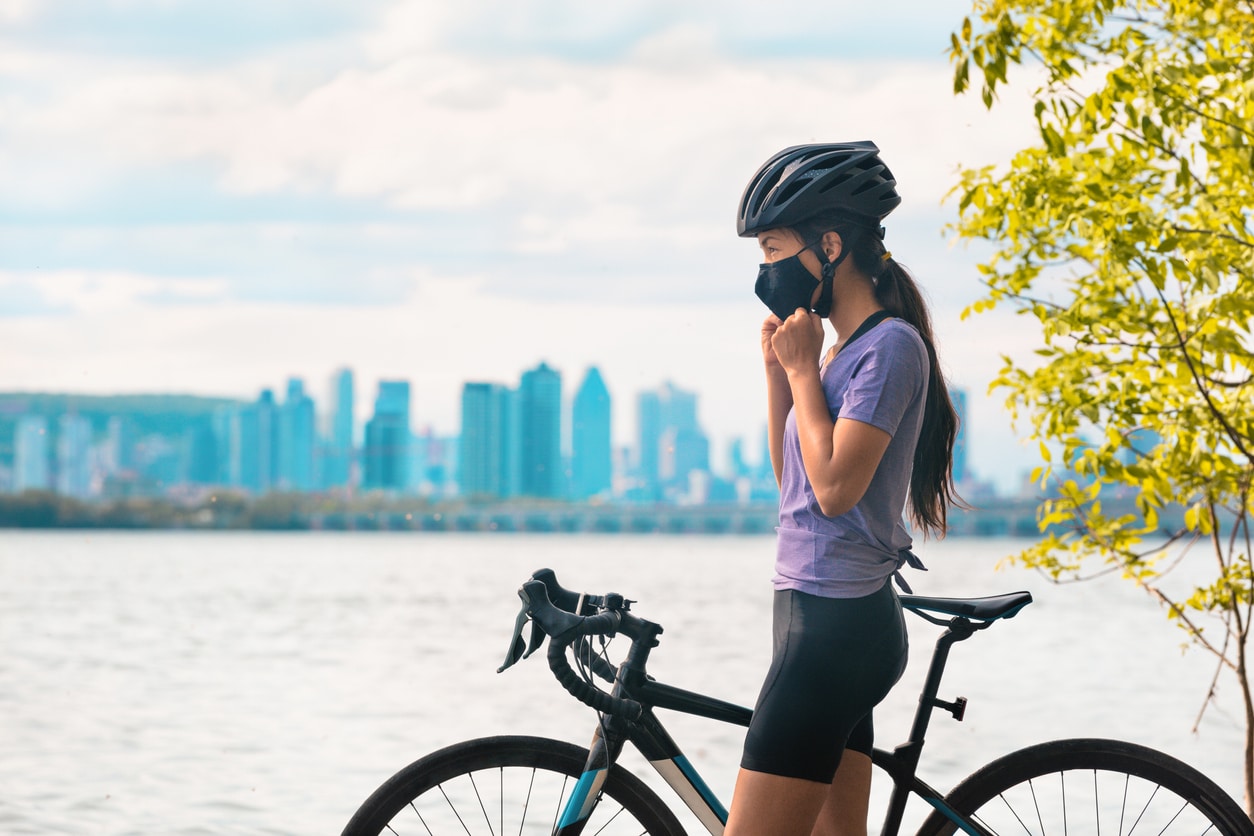
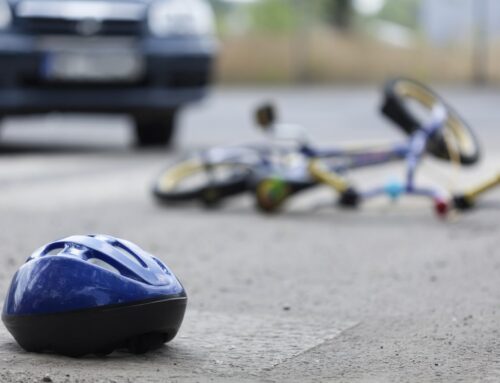
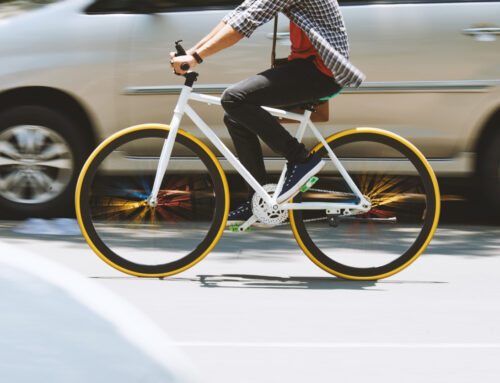
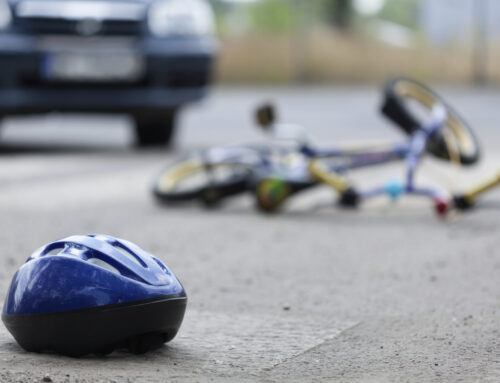
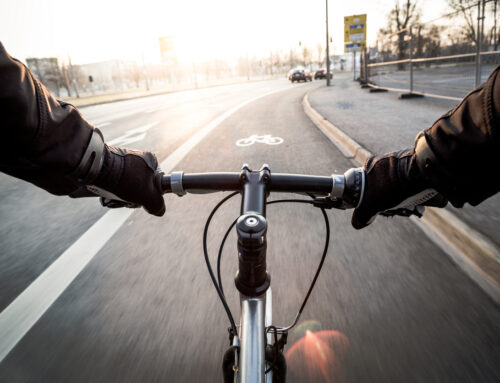
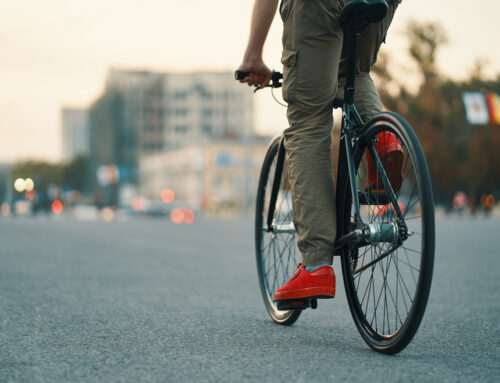
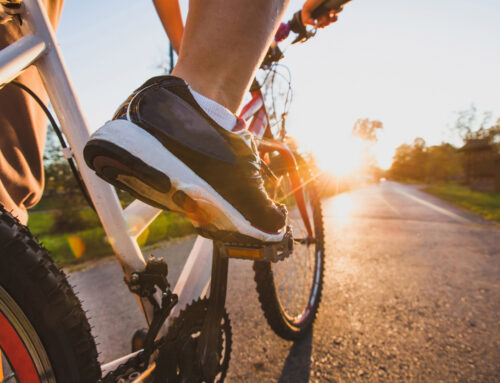
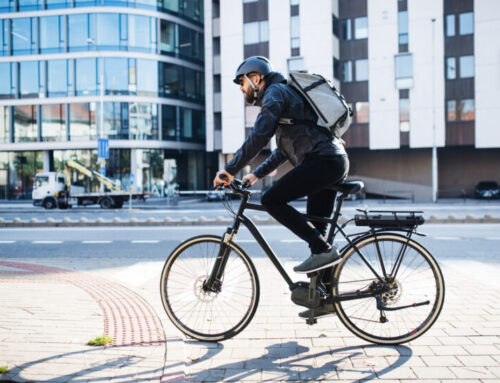
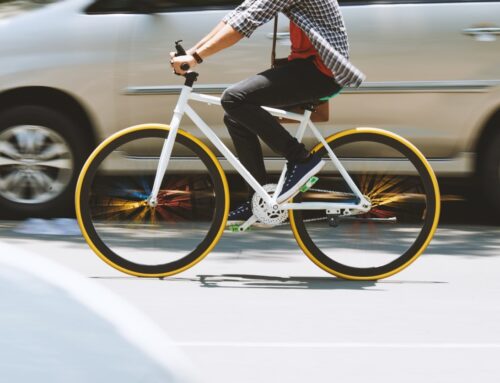
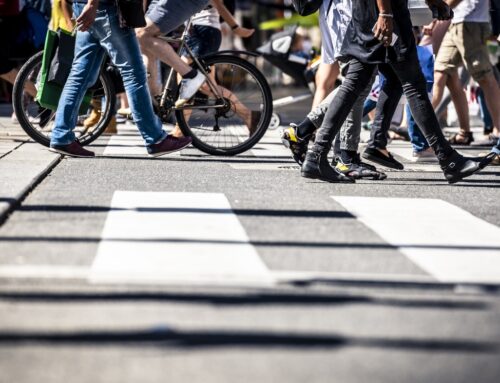
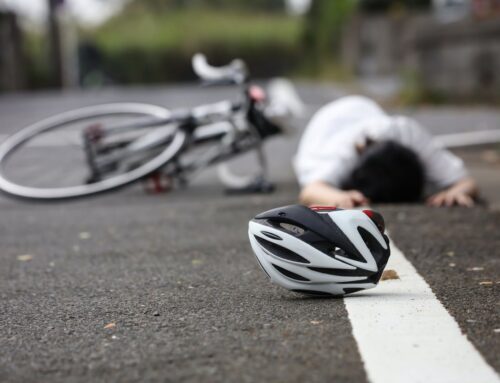
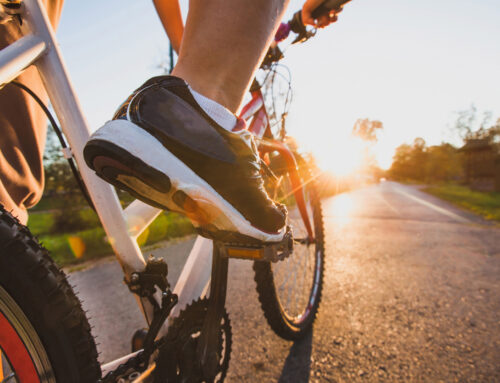
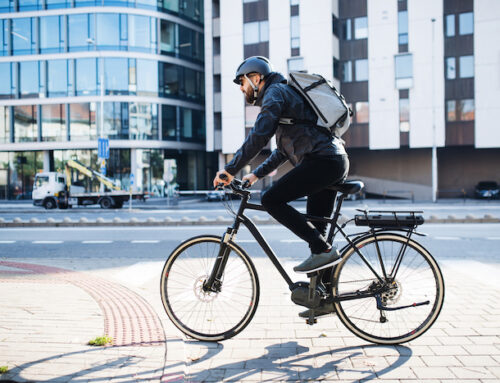
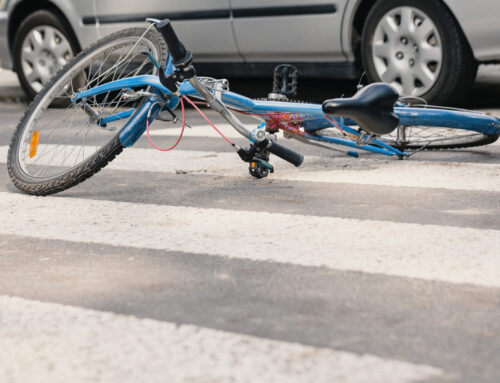

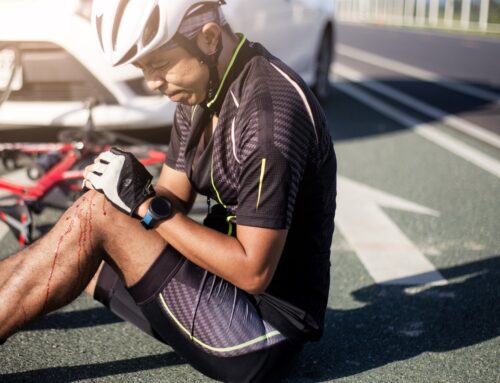

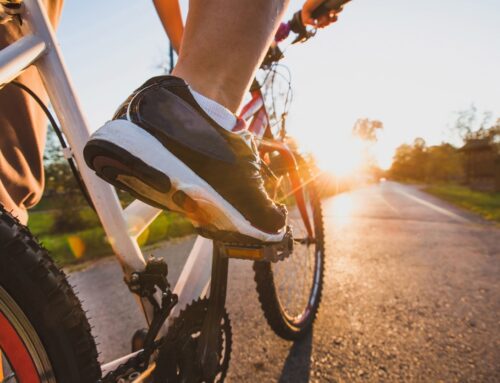
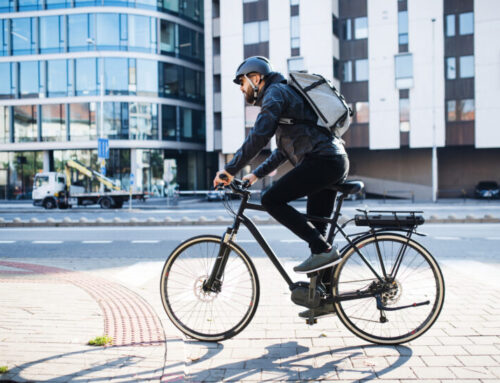
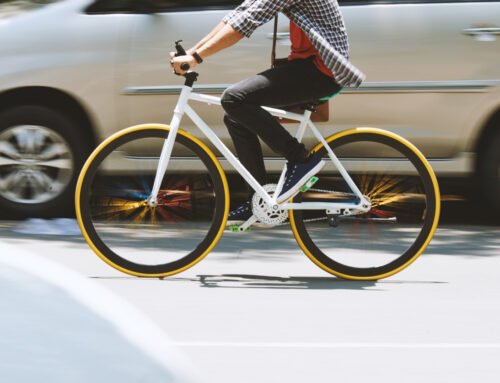
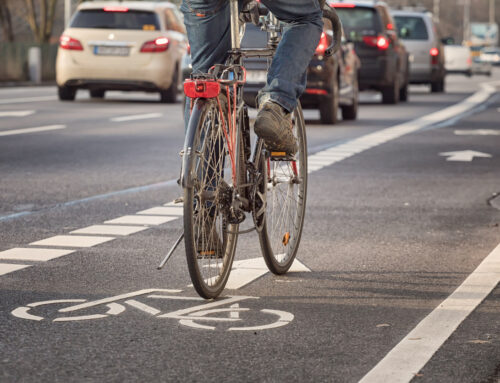
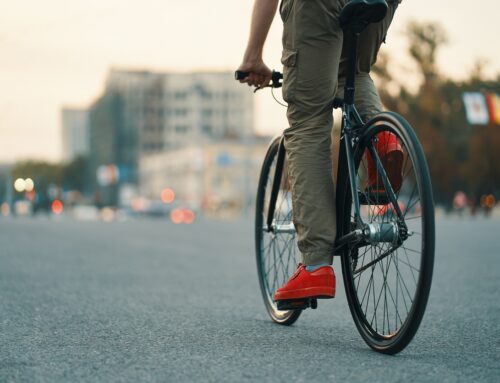


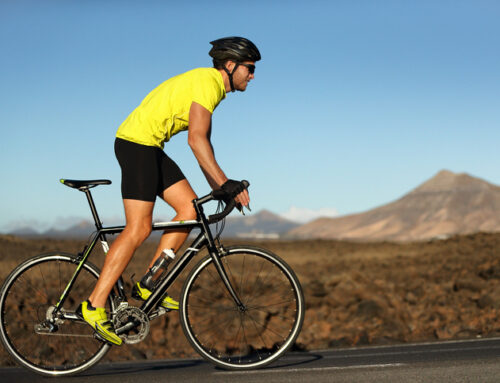
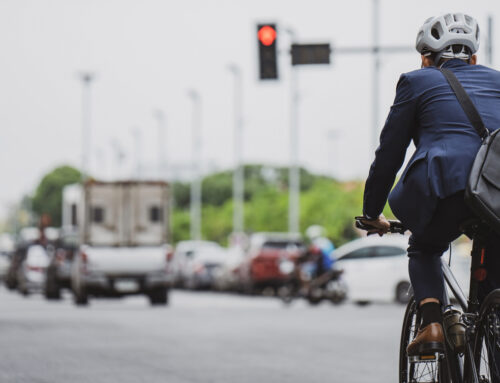
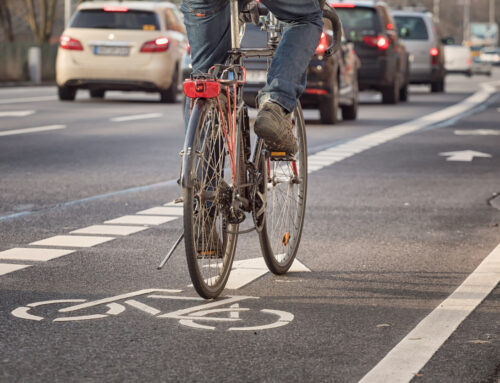
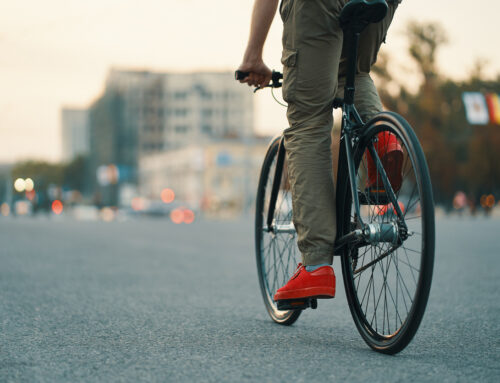


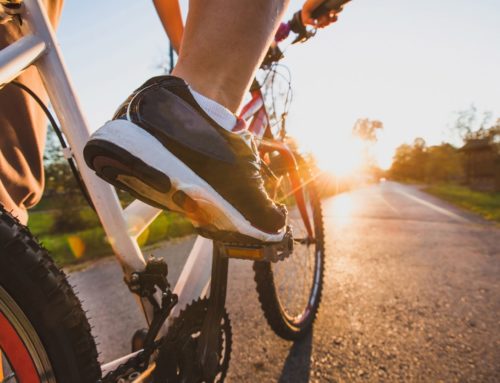
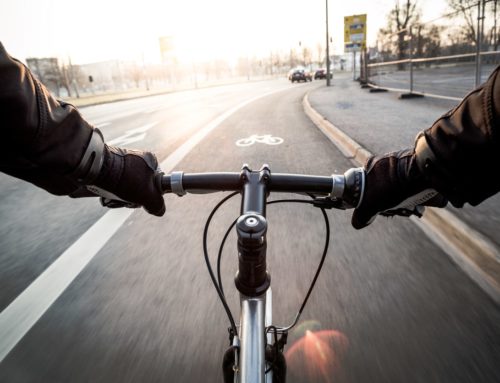

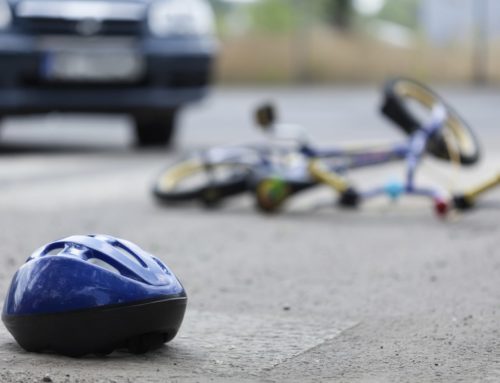

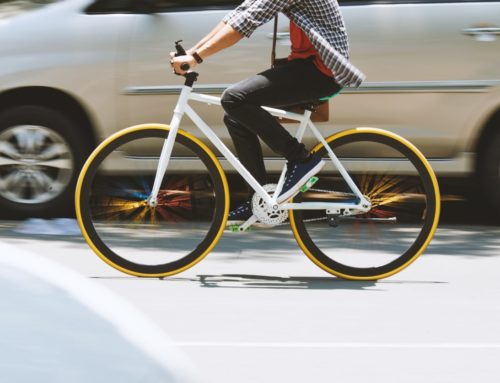
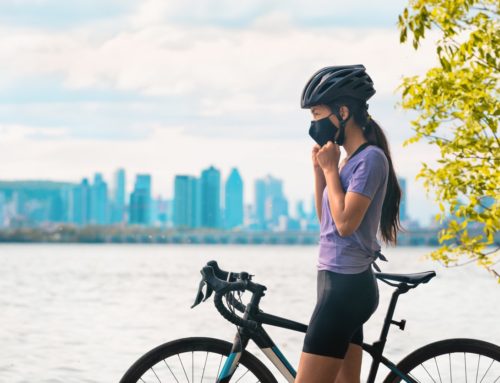

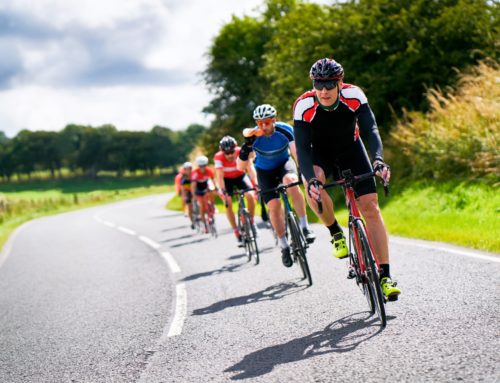
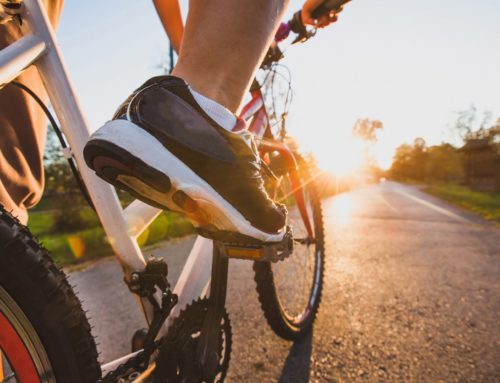
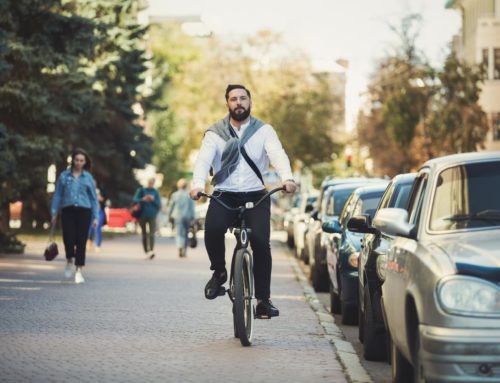
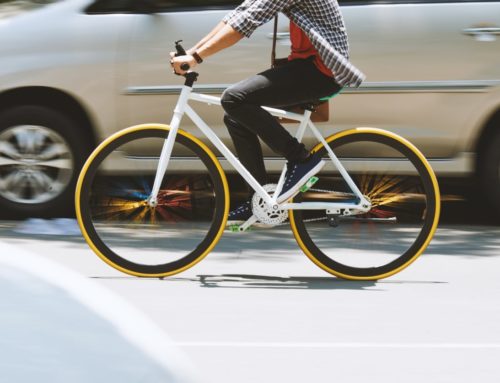
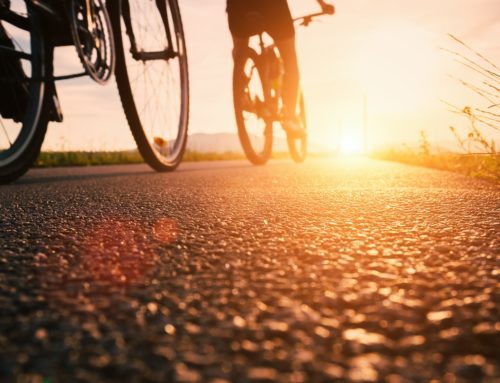
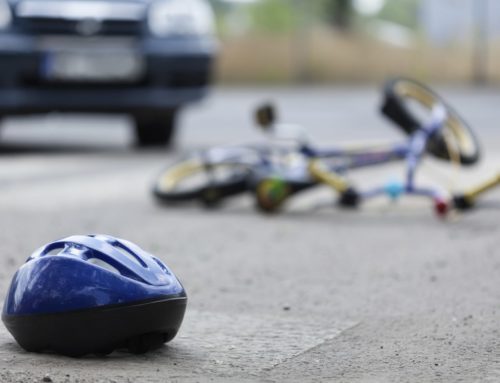
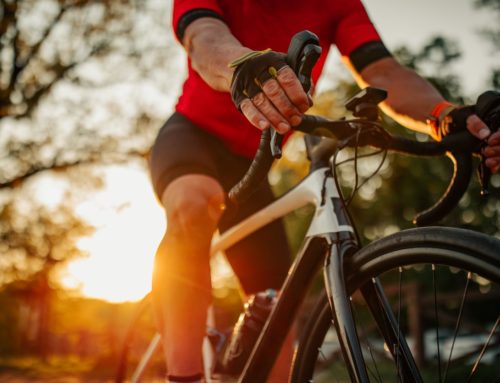
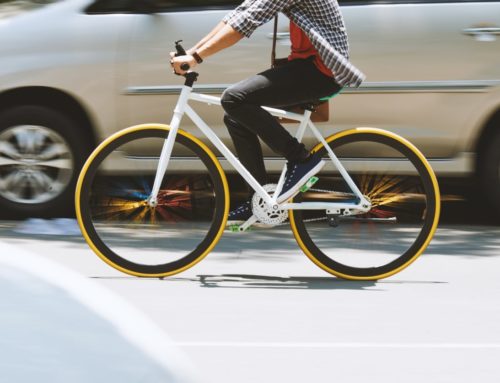
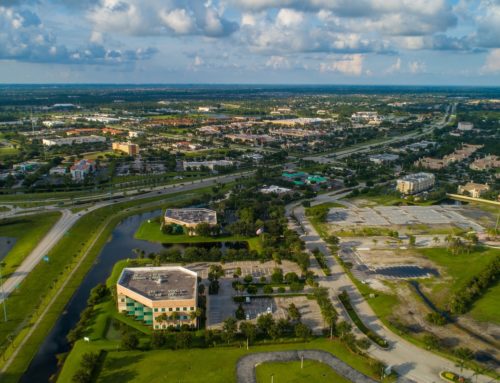
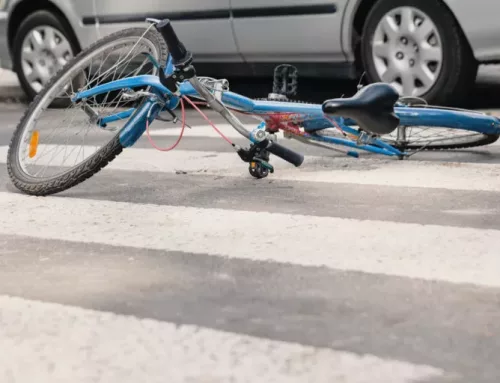
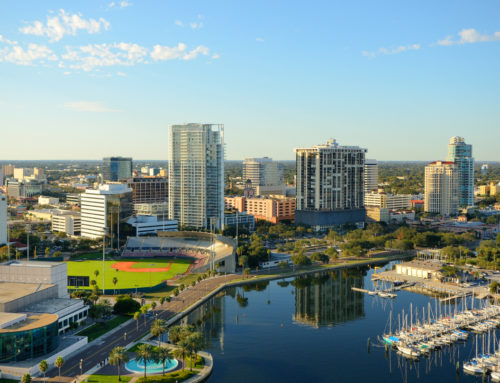
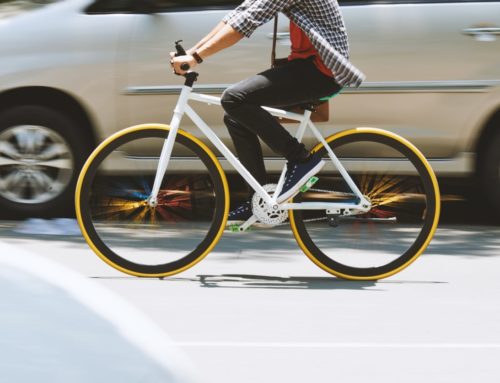
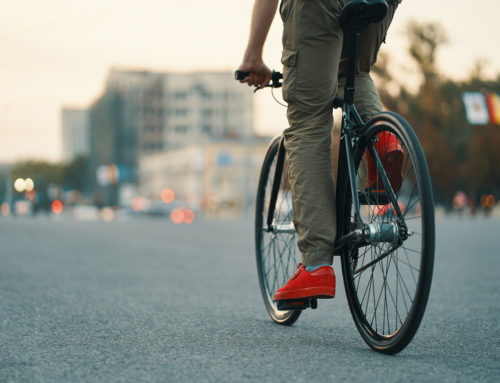
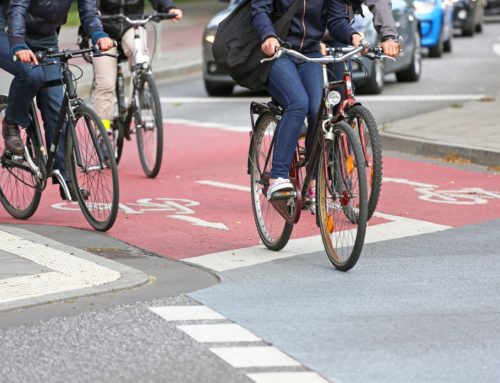
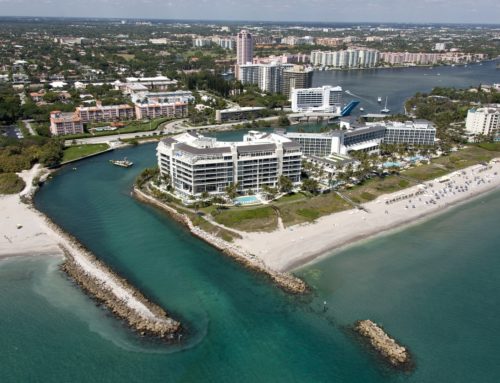
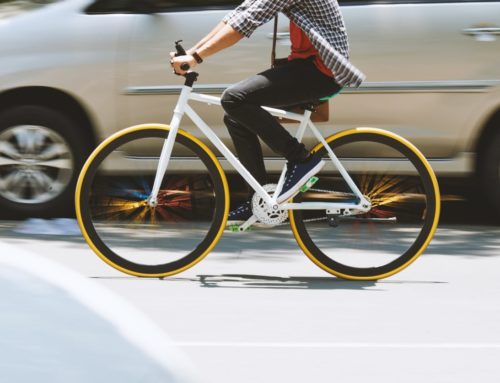
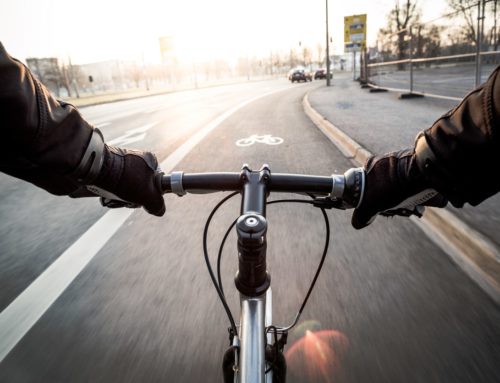

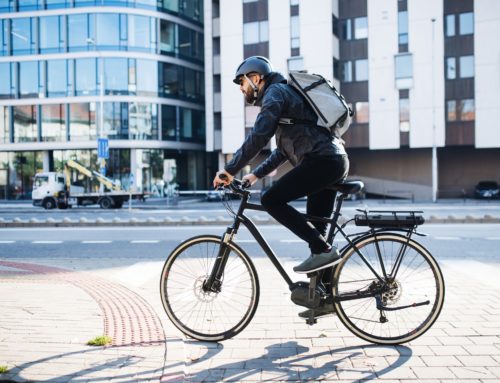
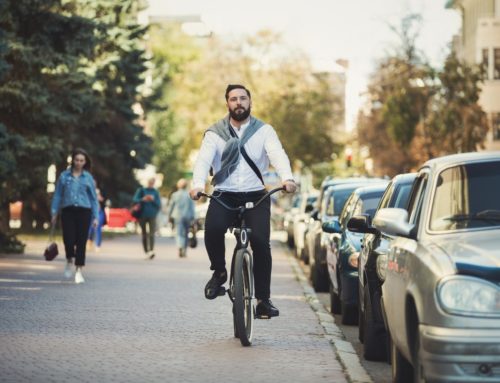
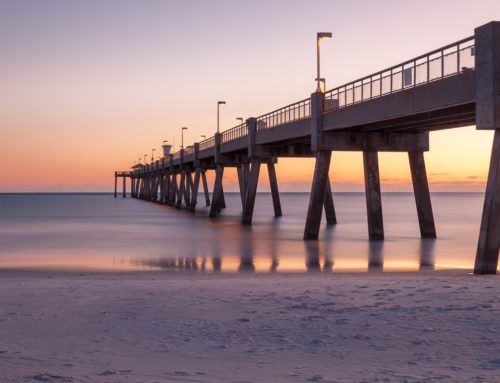
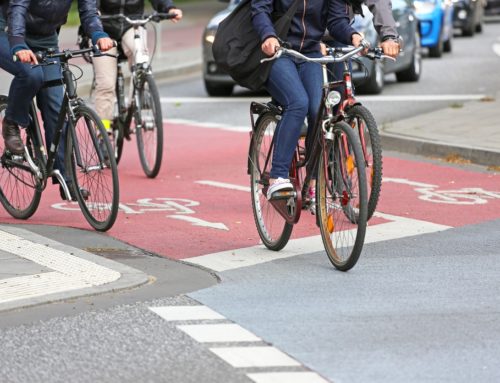

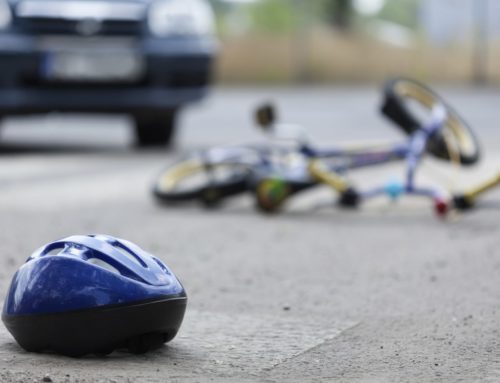
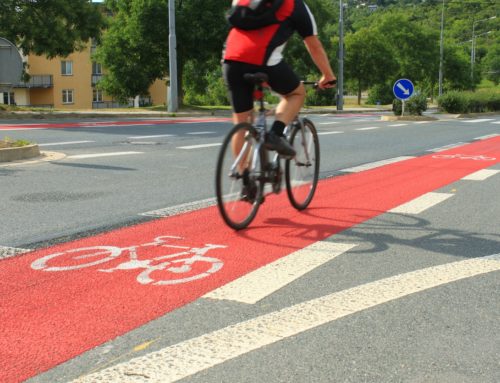
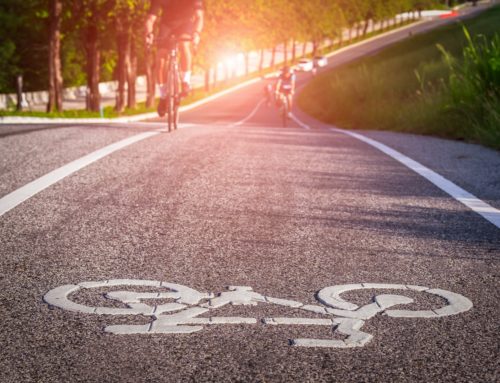

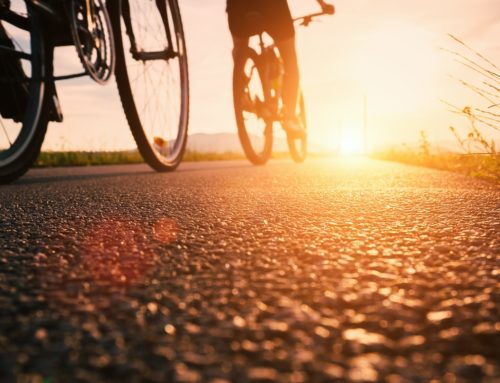
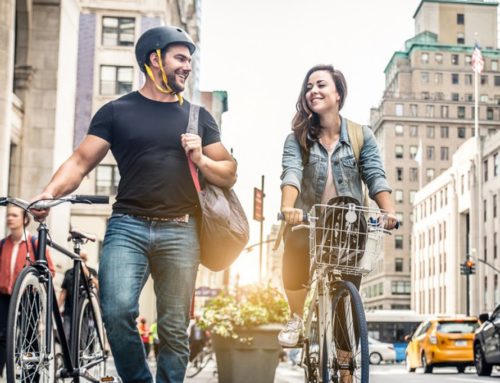
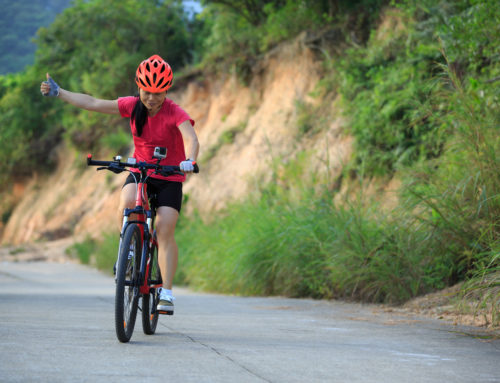
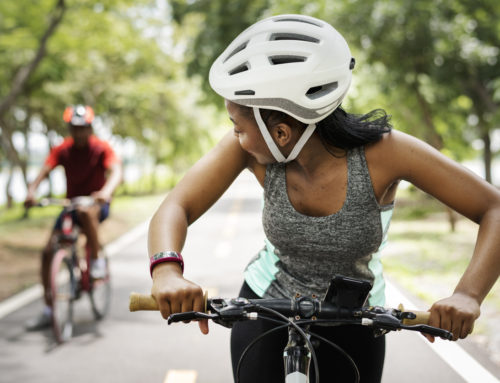
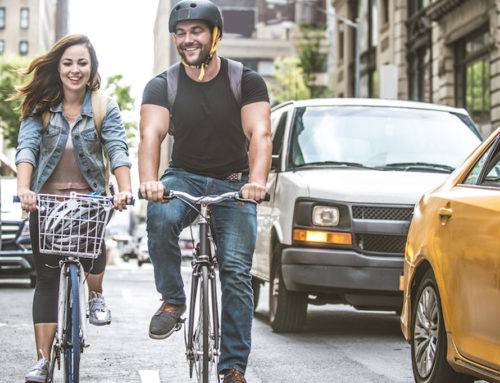
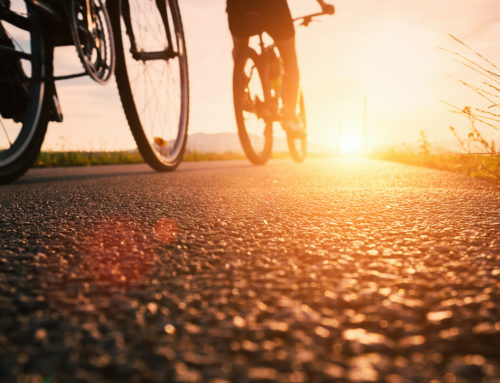
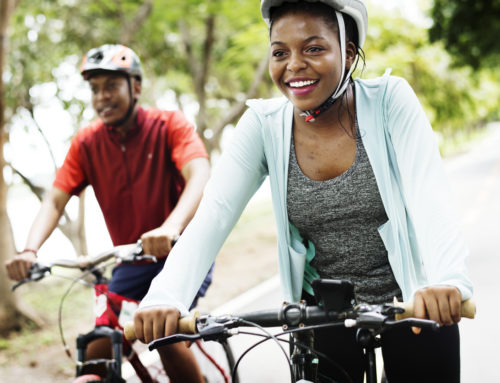
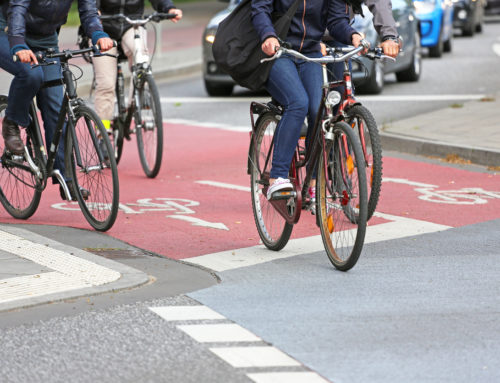
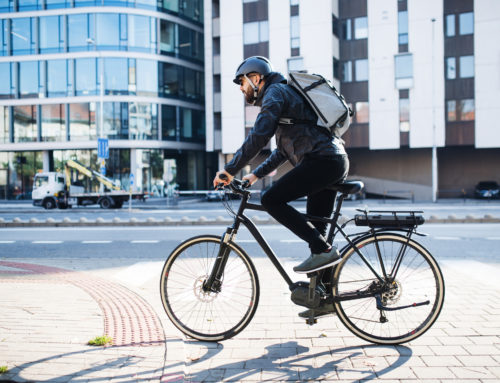
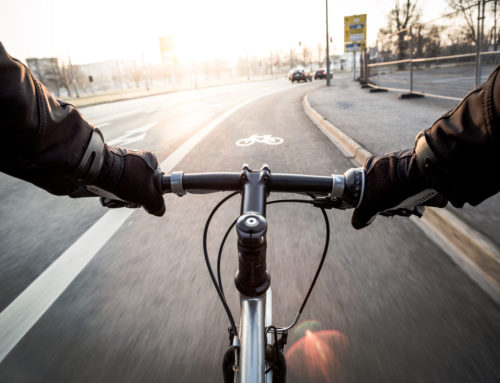

Leave A Comment